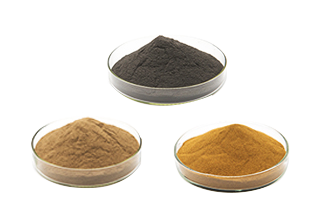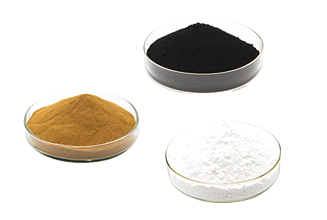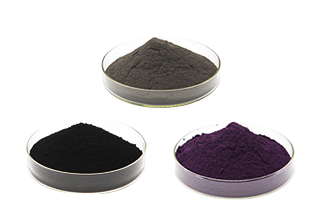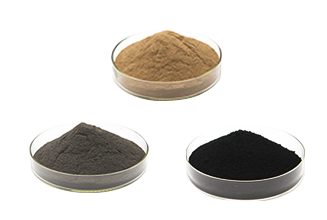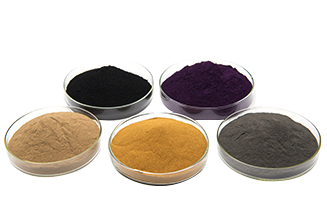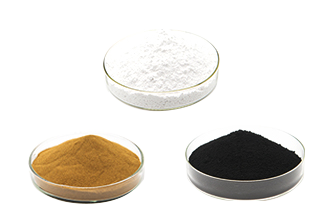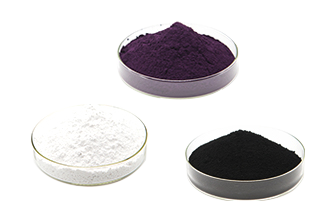news center
-
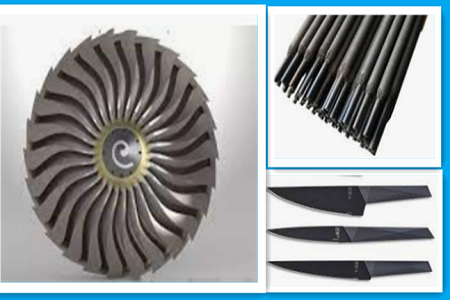 Introduction to the application of titanium carbide (TiC)Titanium Carbide (TiC) has a wide range of applications. With the further perfection and industrialization of microwave synthesis nano-tic powder technology, the properties of corresponding materials prepared by nano-tic powder will be greatly improved and improved, and some may have qualitative leap, attractive prospect and wide use.more202111-24
Introduction to the application of titanium carbide (TiC)Titanium Carbide (TiC) has a wide range of applications. With the further perfection and industrialization of microwave synthesis nano-tic powder technology, the properties of corresponding materials prepared by nano-tic powder will be greatly improved and improved, and some may have qualitative leap, attractive prospect and wide use.more202111-24 -
.png) Research Progress of Plasma Spraying Technology for Preparation of Ceramic CoatingsPlasma spraying uses a compressed arc as the heat source. The continuous working gas (fluorine, nitrogen, hydrogen, etc.) passes through the compressed arc and ionizes to become a high-temperature and high-speed plasma flame. The sprayed material is heated to a molten or semi-melted state by the plasma flame.Plasma sprayed ceramic coatings are classified as oxide ceramic coating,carbide ceramic coating,nitride ceramic coating,etc,.more202111-18
Research Progress of Plasma Spraying Technology for Preparation of Ceramic CoatingsPlasma spraying uses a compressed arc as the heat source. The continuous working gas (fluorine, nitrogen, hydrogen, etc.) passes through the compressed arc and ionizes to become a high-temperature and high-speed plasma flame. The sprayed material is heated to a molten or semi-melted state by the plasma flame.Plasma sprayed ceramic coatings are classified as oxide ceramic coating,carbide ceramic coating,nitride ceramic coating,etc,.more202111-18 -
.png) Ceramic materials VS Space corrosionThere are three major killers of space corrosion: radiation, oxygen, and temperature!
Ceramic materials VS Space corrosionThere are three major killers of space corrosion: radiation, oxygen, and temperature!
If you want to avoid space corrosion as much as possible, you must choose materials that are resistant to radiation, oxidation, corrosion, high temperature, and friction.
Ceramic materials such as HfB2, ZrB2, and ZrC can be used for ultra-high temperature ceramic coatings.
more202111-15 -
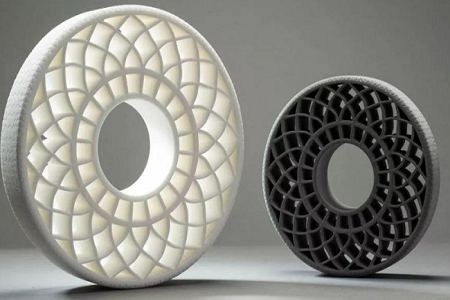 The development status and future direction of 3D printing materials!3D printing is an additive manufacturing method. Compared with the traditional machining "subtractive manufacturing" technology, 3D printing is a technological revolution in the manufacturing field, showing the vitality and potential of personalized creation in the new era. 3D printing technology originated in the United States. The emergence of this new technology not only gave innovative subjects a new perspective, but also attracted great attention from the public. 3D printing technology was gradually promoted at the end of the 20th century, and it is also known as one of the important symbols of the third industrial revolution. This technology can be applied to production and processing, construction engineering and other fields. The use of this technology to manufacture materials does not need to process molds and large-scale machinery and equipment, or even produce in large-scale factories. 3D printing technology will change the direction of social development and will Greatly enrich the way of life of human society.more202111-04
The development status and future direction of 3D printing materials!3D printing is an additive manufacturing method. Compared with the traditional machining "subtractive manufacturing" technology, 3D printing is a technological revolution in the manufacturing field, showing the vitality and potential of personalized creation in the new era. 3D printing technology originated in the United States. The emergence of this new technology not only gave innovative subjects a new perspective, but also attracted great attention from the public. 3D printing technology was gradually promoted at the end of the 20th century, and it is also known as one of the important symbols of the third industrial revolution. This technology can be applied to production and processing, construction engineering and other fields. The use of this technology to manufacture materials does not need to process molds and large-scale machinery and equipment, or even produce in large-scale factories. 3D printing technology will change the direction of social development and will Greatly enrich the way of life of human society.more202111-04 -
.png) Do you know what material can be made of cermet?Talking about the five advantages of cermetFive advantages of metal ceramic
Do you know what material can be made of cermet?Talking about the five advantages of cermetFive advantages of metal ceramic
1. As we all know, the hardness of cermet is very high, so cold forming tools, cutting tools and golf club heads can be easily produced. These products also have the characteristics of cermet, both hard and sharp.
2. Cermet has higher strength and better toughness than other materials. Cermet is used to make engine parts, such as connecting rods, bearing cylinder linings, piston caps, etc. Many well-known automotive industries use this kind of engine components.
3. Cermet also has good semi-conductivity and sensitivity. Some solid electrolyte diaphragms and oxygen concentration sensors are made of it.
4. Due to the certain inertness of cermet, good corrosion resistance and thermal shock resistance, some manufacturers usually use this material when manufacturing electronic combustion plates.
5. The ceramic foam made of cermet can be used for the filtration of high-temperature alloys, and the ceramic foam is used for the filtration of molten steel continuous casting, which has a good purification effect and effectively removes non-metallic inclusions.more202111-02 -
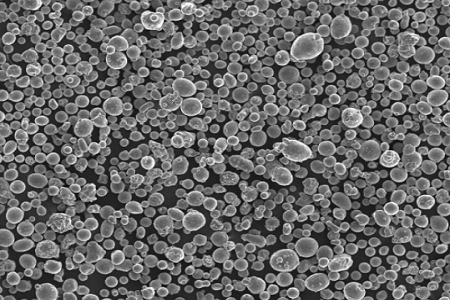 What are the requirements of metal 3D printing for raw material powder?The key raw material of the metal 3D printing process is metal powder, so the quality of its products largely depends on the choice of metal powder raw materials. Its requirements for metal powder mainly lie in the following aspects:
What are the requirements of metal 3D printing for raw material powder?The key raw material of the metal 3D printing process is metal powder, so the quality of its products largely depends on the choice of metal powder raw materials. Its requirements for metal powder mainly lie in the following aspects:
1. The purity of raw material powder;
2. Powder particle shape;
3. Powder particle size and particle size distribution;
4. Powder bulk density and tap density;
5. Powder fluidity;
6. Cycle performance.more202110-21

